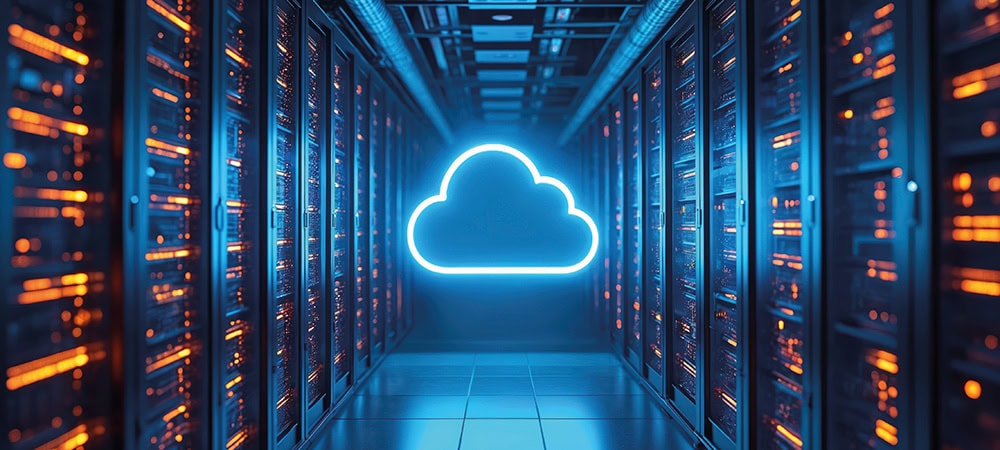Indirect use new - fair solution or just road toll?


At the latest since the ruling in the case against the British beverage manufacturer Diageo and the additional demand of over 60 million euros, SAP customers feared that they too could be threatened with disaster in the form of expensive re-licensing - triggered by indirect use.
Use within the meaning of the license terms includes, for example, the execution of the functions of a software as well as loading or accessing data that the software manages.
Indirect use occurs when, for example, the software functions or the managed data are not accessed via the user interface that was delivered with the software or as part of the software, but via technical interfaces, such as with the help of third-party software.
The analysis of indirect use is particularly challenging because there are numerous and mostly complex technical dependencies between different systems in the IT structures of companies.
This is particularly true of SAP environments. Results from various projects to determine licensing risks suggest that more than 30 percent of SAP software is inadequately or incorrectly licensed at midsize companies and large corporations; an error that can have unforeseen financial consequences in the event of an audit by the software manufacturer.
SAP recently introduced a new licensing and pricing model (ERP Pricing for the Digital Age) that is intended to regulate the licensing of indirect use more transparently.
I am not sure whether the new model for indirect use is really fair and transparent and to the advantage of SAP customers.
It relies on a transactional metric, which means that from SAP's point of view, in certain cases it is no longer the users or systems that exchange SAP data directly or indirectly that are decisive, but the documents generated by the users or systems, or "documents" in SAP's terminology - and this is a novelty in the ERP market in this consequence.
As long as the SAP customer requires more and more SAP licenses for the number of documents generated, for example, as the number of orders (sales document) goes up, the additional costs for software licenses plus the associated maintenance fees can still be tolerated.
It becomes critical at the latest when the number of orders managed with SAP drops from 1,000,000 to 500,000, for example, due to a lack of orders or - in terms of optimization - with the introduction of a new ordering process.
Of course, SAP does not refund the previously paid license costs, no matter how badly things go for the customer. The licensing requirements for named users, on the other hand - irrespective of the issue of indirect use - were and are much more stable.
What can companies do?
Continuous optimization of licenses is necessary to avoid the risk of buying the wrong licenses or too many licenses and ending up being "punished" with maintenance fees for years for these wrong decisions.
Waiting and seeing is definitely the wrong approach. Companies should prepare themselves, analyze any weaknesses and consider alternatives.
Sophisticated tools that identify indirect usage help in the analysis. These are highly specialized and have been developed for monitoring specific software products or manufacturers. In addition to the Snow Optimizer for SAP and the Xpandion Profile Tailor License Auditor, these also include the ConSalt License Optimizer @ SAP.
However, an as-is inventory is not sufficient for long-term license-compliant use. The IT used in the company is subject to continuous change in line with the business processes, as is the number of managed data or "documents".
Here, too, there are special services that deliver individual, customized and independent recommendations for action as a result - such as SAP GRC Monitoring from ConSalt.






